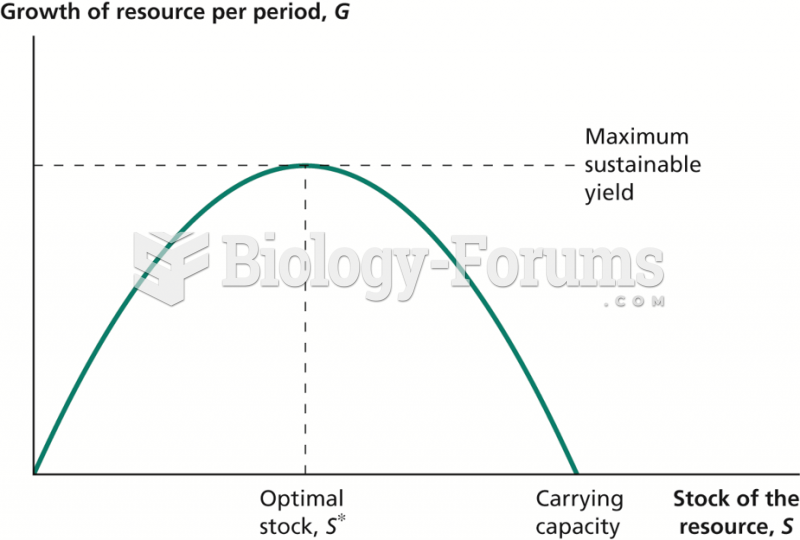You receive a circular in your school mailbox about a new resource for using cooperative learning. It says that if you purchase the resource, you'll be able to use cooperative groups as the entire instructional basis for your classroom. Never use teacher-led content development activities or individual seatwork activities again, it says. Teach social skills and increase student motivation at the same time As you read the ad, you think to yourself,
a. I would love never to have to teach content directly or create seatwork activities I'm buying it
b. Even teachers who use cooperative learning extremely well still engage students in teacher-led content development and seatwork this resource likely has some good ideas, but it's not going to change the world..
c. Cooperative learning hasn't been shown to do any of these things; even if this miracle resource' worked at increasing motivation and social skills, the time wasted in groups isn't worth the investment..
d. Cooperative learning groups have earned a lot of accolades that they don't really deserve; it's time we stopped supporting people who tout its benefits..
Question 2
Mr. Hatch wants to assess what his students have learned in a recent unit on four-sided figures. He realizes that the unit included four figuressquares, rectangles, parallelograms, and trapezoids. He also knows that he wants students to do three things for each of these figures: (1 ) recognize examples, (2 ) calculate the perimeter, and (3 ) calculate the area. In essence, Mr. Hatch is:
A) Taking initial steps in constructing a table of specifications.
B) Maximizing the likelihood that his assessment instrument will have predictive validity.
C) Increasing the extent to which his assessment instrument is standardized.
D) Converting an informal assessment into a more formal one.







